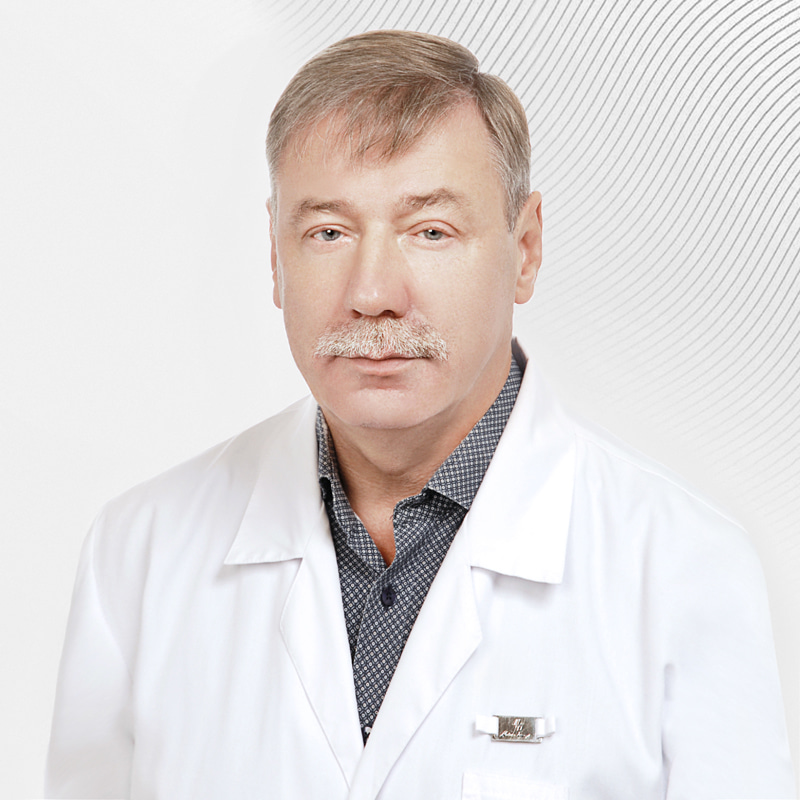Removal of atheroma
What is atheroma
An atheroma is a cyst that forms from a sebaceous gland. It is formed due to blocking the release of sebaceous or sweat secretions, which leads to the accumulation of secretions inside the gland and the formation of a tumor-like intradermal formation.The cyst looks like a soft, sedentary intradermal lump. Sometimes a duct of the sebaceous gland is visible on the surface, through which a mushy, fetid contents are released. In cases where the atheroma becomes inflamed, it causes painful sensations, the skin above it becomes red and hot to the touch. Body temperature may rise and nearby lymph nodes may swell.
The causes of sebaceous gland cysts are not reliably known. Most often, atheromas occur in places where sebaceous glands accumulate on the scalp, face, back, and genital area. The size of the neoplasm can range from a pea to a ball up to 10 cm in diameter. Tumors are characterized by slow growth.
Indications and contraindications for removal
Removal of a sebaceous cyst is recommended if it causes discomfort to the patient or there is a risk of its inflammation. Here are the main indications for surgery:
-
pain in the neoplasm area;
-
rapid tumor growth;
-
the patient's desire to get rid of the cosmetic defect;
-
inflammation and suppuration.
-
There are no contraindications to atheroma removal.
How the operation is performed
Removal is performed under local anesthesia by surgical excision of the atheroma with a capsule.
If the tumor is inflamed or suppurating, it is treated as an abscess, opened under local anesthesia and treated with an open method, bandaging the wound daily. At this stage, antibiotics and topical treatments may be indicated to relieve inflammation.
Possible complications
Like any surgical procedure, removal of an atheroma can lead to certain complications. However, if all the doctor's recommendations are strictly followed, the risk of their occurrence is minimal.
If the cyst is not removed, it will continue to grow, causing discomfort and pain. Inflammation or suppuration is also possible, leading to the risk of serious infection and sepsis.
Disease prevention
Patients are recommended to:
-
Proper skin care. Regular cleansing with special products helps to prevent clogged pores.
-
Avoiding injury to the skin. If wounds and abrasions occur, they must be treated with antiseptic agents.
-
Diet compliance. If you are predisposed to atheromas, it is recommended to reduce fast carbohydrates, fatty and fried foods in the menu.
It is important to consult a doctor immediately after the detection of neoplasms. Small tumors are removed by gentle methods, with minimal tissue injury and without consequences for the patient.
Advantages of treatment at the EMC clinic
In the EMC Clinic, neoplasm removal is as painless and effective as possible thanks to modern technologies and qualified specialists. Advantages of treatment in our clinic:
-
We use minimally invasive technologies to reduce injury to surrounding tissues and accelerate rehabilitation after surgery
-
More than 90% of all operations for benign diseases are performed minimally invasively, which reduces the frequency of possible complications and minimizes cosmetic skin defects.
We work around the clock, operating in a planned and emergency mode. Make an appointment with a surgeon if you notice any skin growths. Timely treatment will help to avoid serious complications and maintain health.
Question-answer
Does the atheroma hurt when pressed?
A cyst can be painful when pressed, especially if it is inflamed.
What happens if you don't delete the atheroma?
If the tumor is not removed, it will continue to grow, causing discomfort and pain. In some cases, the cyst may become inflamed or fester, leading to a risk of serious infection and sepsis.
How long does the skin heal after surgery?
The healing time depends on the size and location of the neoplasm, the patient's general health, etc. On average, rehabilitation lasts from a few days to several weeks.
How do you know if it's an atheroma or not?
To make a diagnosis, you need to consult a doctor. He will conduct an examination and, if necessary, prescribe additional examinations.
Is it possible to get rid of sebaceous gland cysts without surgery?
No, self-treatment with local remedies will not help to remove the tumor. Surgical removal is indicated for this disease.
Doctors
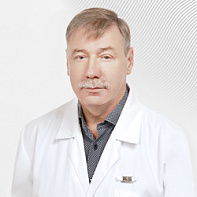

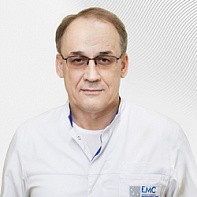
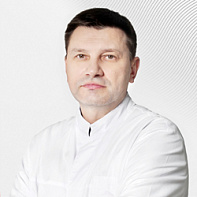

.jpg)
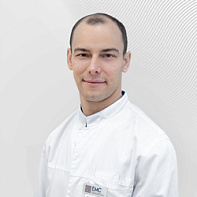

.jpg)
.jpg)
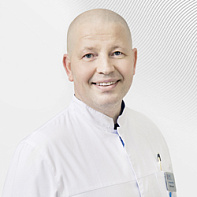
.jpg)
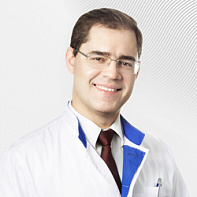
.jpg)
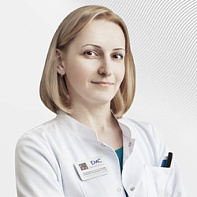


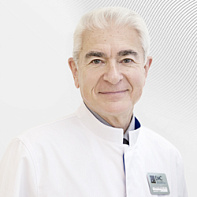

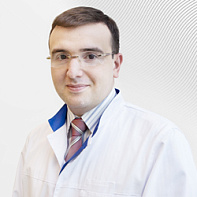
- Unique expertise is the first in In Russia, he performed laparoscopic decompression of the celiac trunk in patients with ischemic digestive system disease
- The first in In Russia, he performed laparoscopic kidney sampling during related transplantation
- He was one of the first in the world to perform suturing of a duodenal ulcer perforation
- He was one of the first in the world to perform...
